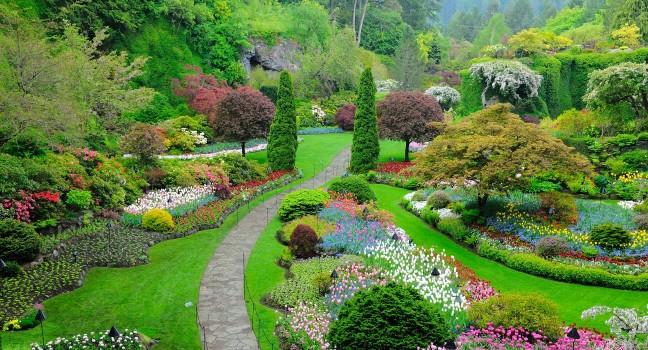Beacon Hill Park
This 154-acre park links Downtown Victoria to the waterfront. Its rambling lawns overlook the Pacific Ocean, the Olympic Mountains, and the Strait of Juan de Fuca. Kite-fliers, hang gliders, and dog walkers are numerous. Take your photo at the Mile 0 marker of the Trans-Canada Highway, at the foot of Douglas Street. Beacon Hill includes ponds where you can feed ducks, cycling, jogging and walking paths, flowers and gardens, a cricket pitch, and a petting zoo (closed in winter). There's live music in the bandshell on summer evenings, and on Saturday nights in August the Victoria Film Festival screens free movies.




